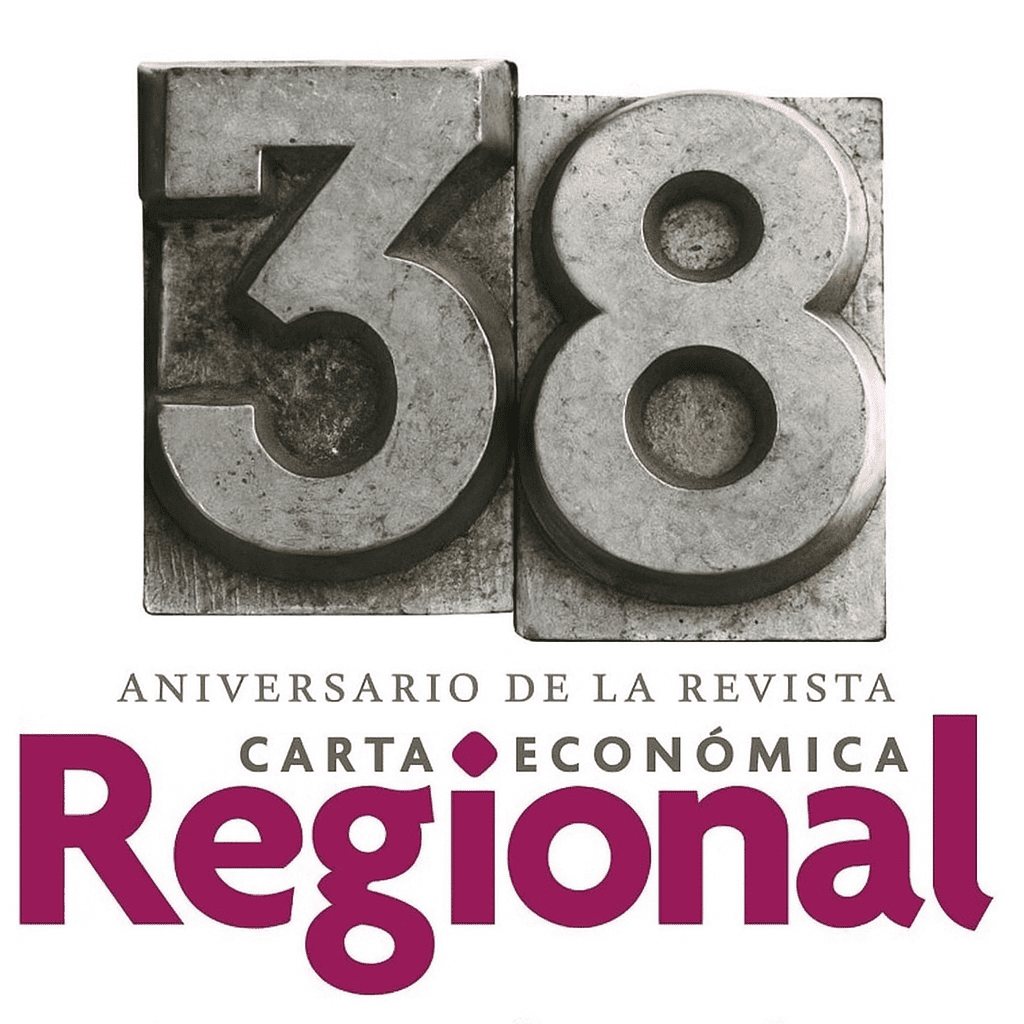LA TEORÍA DE RECURSOS Y CAPACIDADES: UN ENFOQUE CONTEMPORÁNEO EN LA GESTIÓN EMPRESARIAL
Resumen
La intención de este artículo es describir las relaciones entre la ciencia económica, la estrategia de empresa y la práctica empresarial, a partir del enfoque de la teoría de los recursos y capacidades, una de las corrientes contemporáneas de la gestión estratégica con mayor aceptación tanto entre la comunidad académica como en el ámbito empresarial.En un artículo anterior (Fong, 1996) se expuso cómo la teoría económica ha influido en la práctica empresarial, y cómo Porter y otros desarrollaron el llamado enfoque estructural a partir de la organización industrial. Sin embargo, este último no es el único caso en que la teoría de la gestión estratégica se basa en la teoría económica para crear elementos de apoyo a la práctica empresarial.Citas
Amit, R.H.y P. “Schoemaker strategic assets and organizational rent", Strategic Management Journal, vol. 14, (1993), pp. 33-46.
Barney, Jay, “Strategic factors markets: expectation, luck and business strategy”, Management Science, núm. 32 (1986a), pp. 1231-1241.
“Organizational culture: can it be a source of competitive advantage?”, Academy of Management Review, núm. 11 (19868), pp. 656-665.
"Firm resources and sustained competitive advantage", Journal of Management, vol. 17, núm. 1 (1991), pp. 99-120.
Brush, Thomas H. y Philip Bromiley, “What does a small corporate effect mean? A variance component simulation of corporate and business effects”, Strategic Management Journal, vol. 18 (1997), pp. 825-835.
Conner, Cathleen R., “A historical comparison of resource-based theory and five school of thought within industrial organization economics: do we have a new theory of the firm”, Journal of Management, vol. 17(1991), pp. 121-154.
Dierickx Y. y K. Cool, “Asset stock accumulation and sustanabillty of competitive advantage”, Management Science, núm. 35 (1989), pp. 1504-1511.
Dollinger, Marc, J., Peggy A. Golden, y Todd Saxton, “The effect of reputation on the decision to joint venture strategic”, Management Journal, vol. 18, núm. 2 (1997), pp, 127- 140.
Fong Reynoso, Carlos, “Aportaciones de la ciencia económica a la práctica empresarial. De la competencia imperfecta al análisis estructural", Carta Económica Regional, núm. 50, (1996), pp. 3-13.
Grant, Robert M., “The resources based theory of competitive advantage: implications for strategy formulation". California Management Review, vol. 33 (1991), pp. 119-135.
Hansen, Gary S. y Birger Wernerfelt, “Determinants of firm performance: the relative importance of economic and organizational factors", Strategic Management Journal, vol. 10 (1989), pp. 399-411.
Jacobson, Robert, 'The persistence of abnormal returns”, Strategic Management Journal, núm. 9 (1988), pp. 415-432.
Mahoney, Joseph T. y Pandian Rajendran, "The resources based view within the conversation of strategic management, Strategic Management Journal, vol. 13 (1992), pp. 363-380.
McGahan, Anita y Michael E. Poder, “How much does industry matter really?” Strategic Management Journal, vol. 18, summer special issue (1997), pp. 15-30.
Mueller, Denis, “Persistent performance among large corporations", en L. Thomas, The economics of strategic planning, Lexington Books, 1986,
Peteraf, Margaret A., "The cornerstones of competitive advantage: a resource-based view”, Strategic Management Jour¬nal, vol. 14 (1993), pp. 179-191.
Poder M.E., Competitive strategy: Techniques for analizing industries and competitors, Free Press, Nueva York, 1980.
Competitive advantage: rating and sustaining superior performance, Free Press, Nueva York, 1985.
Powell, Thomas C. y Anne Dent-Micallef, “Informaxion technology as competitive advantage: the role of human, business and technological resources”, Strategic Management Journal, vol. 18, núm. 5 (1997), pp. 375-405.
Prahalad, C.K. y G. Hamel, “The core competence of the Corporation", Harvard Business Review, mayo-junio de 1990.
Rumelt, Richard P, Toward a strategic theory of the firm in competitive strategic management, Prentice Hall, 1984.
"How much industry matter?", Strategic Management Journal, vol. 12 (1991), pp. 167-185.
Rumelt, Richard R, Dan Schendel, y David J. Teece, “Strategic management and economics”, Strategic Management Journal, vol. 12 (1991), pp. 5-29.
Schmalensee, R., “Do markets differ much?", American Economic Review, vol. 75, núm. 3 (1985), pp. 341 -351.
Schoemaker, Paul J. y Raphael Amit, “Investment in strategic assets: industry and firm level perspectives", Advances in Strategic Management, vol. 10a, pp. 3-33.
Teece, David J., Pisano Gary y Amy Shuen, “Dynamic capabilities and strategic management”, Strategic Management Journal, vol. 18, núm. 7 (1997), pp. 509-533.
Wernerfelt, Birger, "A resource-based view of the firm”, Strategic Management Journal, rol. 5 (1984), pp. 171-180.
Wernerfelt B. y C. A. Montgomery, “What is an atractive industry?”, Management Science, núm. 32 (1986), pp. 1223- 1230.
Wernesfelt, Birger, The resource-based view of the firm: ten years after”, Strategic Management Journal, vol. 16 (1995), pp. 171-174.
Aquellos autores/as que tengan publicaciones con esta revista, aceptan los términos siguientes:
- Los autores/as conservarán sus derechos de autor y garantizarán a la revista el derecho de primera publicación de su obra, el cuál estará simultáneamente sujeto a la Licencia de reconocimiento de Creative Commons que permite a terceros compartir la obra siempre que se indique su autor y su primera publicación esta revista.
- Los autores/as podrán adoptar otros acuerdos de licencia no exclusiva de distribución de la versión de la obra publicada (p. ej.: depositarla en un archivo telemático institucional o publicarla en un volumen monográfico) siempre que se indique la publicación inicial en esta revista.
- Se permite y recomienda a los autores/as difundir su obra a través de Internet (p. ej.: en archivos telemáticos institucionales o en su página web) déspues de que su trabajo sea publicado, lo cual puede producir intercambios interesantes y aumentar las citas de la obra publicada. (Véase El efecto del acceso abierto).











